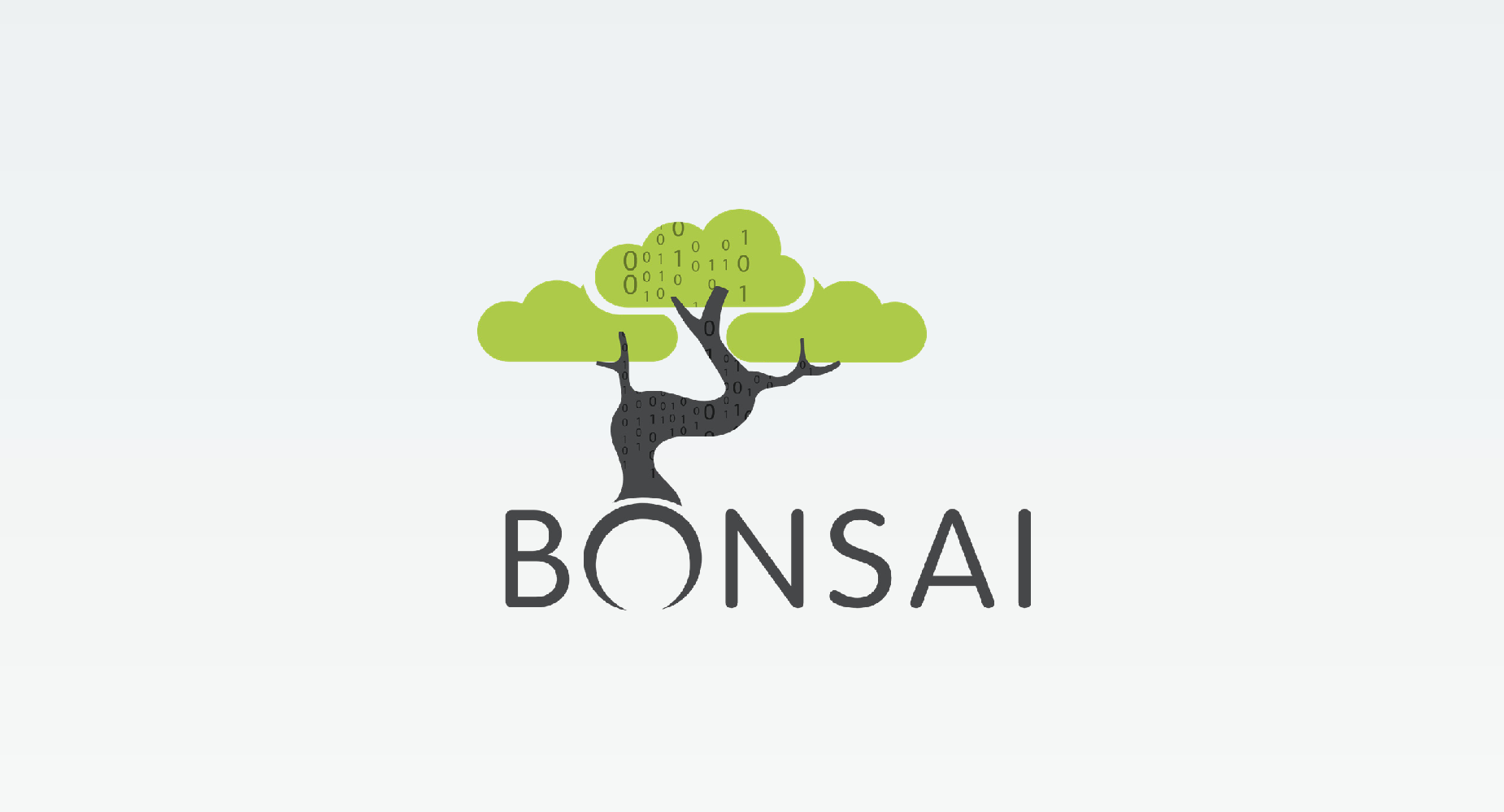TL;DR – You are worried about your brand CPCs, and I am here to tell you to focus that energy towards more material questions.
For this end-of-year blog, I wanted to share the most common question we get during discovery sessions across clients big and small. It’s a question that shows how smart and strategic marketers are. It illustrates how adept they’ve become at overcoming the failings of their third-party marketing data ecosystem. It also exposes how easy it is for us all to miss the bigger picture, and how everyone could benefit from a reset button when it comes to understanding how to bid effectively.

When a conversation initiates with a new client we send an intentionally broad tech utilization survey. We do this to quickly understand where the biggest opportunities might exist to drive incremental client profit, and because we are freaking ambitious and effective at delivering value-generating data utilization across your entire digital ecosystem.
One thing not on our survey is this question:
“Do you pay too much for your brand CPCs?”
The good news is we don’t need to prompt this question. 75% of pre-sales discovery sessions include concerns about the amount of money paid for clicks on a brand term.
I could take this post in a million different directions. I could walk you through the entire micro-economic and macro-economic laws that dictate why you spend what you spend on brand CPCs. I could opine on the three rules of Fundamental Bidding Theory, review the fundamental law of auction advertising, or explore derivative concepts like reserve prices.
Would you like to see/read these articles if we wrote them? Vote ‘yes’ by subscribing
Today, let’s instead focus on the reasons I love – and hate – to solve this question for our clients:
LOVE: IT’S A QUESTION THAT SHOWS HOW SMART AND STRATEGIC MARKETERS ARE, BECAUSE AT THE HEART OF IT IS A QUESTION ABOUT INCREMENTALITY.
Search marketers receive incredible performance metrics on their brand campaigns (see below). If brand paid search CPCs we’re $0.05, they’d have an awesome ROI. If the CPCs were 20x higher, they’d still report a strong ROI. So why are marketers asking Bonsai about this? Because they know two things:
- Search engines work, and people who search for their brand see a link to their website in the natural (organic) results. These clicks have $0 media cost.
- Since one click is ‘free’ while the other one is paid, they are keen to ask, “Aren’t I simply paying for clicks I could get for free? Are these paid search clicks incremental to the free ones?”
Nothing proves the sophistication of a marketing organization more than their appreciation for – and pursuit of – incrementality. When we get asked about Brand CPCs at Bonsai, we know we are dealing with a marketer who is motivated to be data-driven and understands this critical pursuit.
Love: It illustrates how adept marketers are at overcoming the failings of third-party data, instinctually translating misleading numbers into meaningful business signals.
I don’t know how familiar you are with the typical results reported from a search ad platform like Google Ads or Microsoft Ads. If you haven’t, let me show you with 99% of the reports look like for a company’s Paid Search ‘Brand’ Campaign:
Brand Campaign
Cost: $2,000
Clicks: 10,000
Conversions: 2,000
Revenue: $200,000
ROAS: $100
This report shows Brand Campaigns on Paid Search are preposterously profitable. A $100 ROAS is amazing, and completely beyond the bounds of possibility. Why is this number so wrong? Third-party ad platforms are not viable sources of truth for ROAS or ROI measurement.
Digital marketers are inherently savvy about this – most don’t need quants like me to tell them. They know the real ROAS of their Brand Campaign must be lower than $100:1. Because of this, most of them have done one of two things to navigate:
- They’ve baked in an adjustment right into their measurement plan. For example, for Brand Campaigns they might divide that $100/1 by 5. Now, they only get ‘credit’ for driving a $20 ROAS when the data shows $100.
- Even more common, they’ve defined an artificially high measure of success. In this case, let’s say that $100 / 1 is the worst they ever allow for Brand Campaigns. If the data come back as $90 ROAS – even though that number is incredibly high, it’s evaluated as unsuccessful – a special exception for ROAS evaluation in the marketer’s measurement plan.
Does this sound complicated? It should, because it is. This is one of countless complexities, special cases, and permutations talented and savvy marketing operations puts themselves through to function amidst a trove of third-party performance data that’s riddled with errors and issues.
Hate: It exposes how easy it is to miss the bigger picture: solving brand CPCs fixes your smallest digital marketing investment, generating the least possible benefit you could achieve from applied incrementality analysis.
Here’s a short thought experiment. Let’s assume you have the following marketing mix:
$100,000 – Brand Paid Search
$1,000,000 – Non-Brand Paid Search
$1,000,000 – Social Media
$1,000,000 – Programmatic Video & Display
$900,000 – Remarketing
Let’s say you’re receiving data showing the following ROAS for those channels:
Brand Paid Search – $40 ROAS
Non-Brand Paid Search – $4 ROAS
Social Media – $6 ROAS
Programmatic Video & Display – $2 ROAS
Remarketing – $20 ROAS
Now let’s assume the true incremental ROAS of each channel is really the following:
Brand Paid Search – $4 Incremental ROAS
Non-Brand Paid Search – $3 Incremental ROAS
Social Media – $4 Incremental ROAS
Programmatic Video & Display – $3 Incremental ROAS
Remarketing – $1 Incremental ROAS
Let’s say that with effort, you can learn those true incremental ROAS numbers. If you had focused only on Brand Paid Search, you’d learn that its ROAS was 10x lower than reported, and you’d divest accordingly. But you’ve only optimized 2.5% of your total marketing footprint! You’d have still:
- over-invested in Remarketing, probably by $450,000
- under-invested in Programmatic Video & Display, probably by $250,000
- under-invested in Social Media, probably up to $500,000
Focusing incrementality analysis on the bigger picture would have resulted in $1.2 Million in optimized investment, or 30% of your total footprint. That is a 12x impact when compared to focusing your efforts entirely on analyzing brand paid search CPCs.
You are right to care about brand CPCs. You are wrong to make them the priority of your incrementality analysis.
HATE: EVERYONE COULD BENEFIT FROM A BASIC RESET BUTTON WHEN IT COMES TO UNDERSTANDING HOW TO BID EFFECTIVELY.
Let’s start with a few simple assumptions. Assume you are skeptical that most of your brand paid search clicks are incremental. Let’s also assume they are getting ‘expensive’ – maybe a $1.00 CPC. If you’re Google Ads report shows a $10 ROAS on your brand campaign, and you assume only 10% is incremental, then we can both agree that $1.00 of spend for $1.00 of return is not a good investment.
Search ads auction obey a Max CPC limit that you can enter. If brand search clicks are costing you $1.00 on average, and you’d like to pay no more than $0.10 per brand paid search click, then guess what you can do? Set. Your. Max. CPC. To. $0.10!
Congratulations, we have just solved your Brand CPC issue. Will you lose brand paid search click volume? Sure. But that’s okay, because we’ve established those clicks weren’t incremental.

Not satisfied? I can hear the question now:
“But what if they are incremental after all? Did we just give up sales to competitors?”
A-ha, now we are getting to the real question we should have been focused on all along.
How well do you understand the incrementality of EVERY marketing investment?
Not just the small percentage you spend on Brand Paid Search. But also for the large amount you spend on Non Brand Paid Search. And Google Shopping. And Amazon Ads. And Facebook Ads. And Twitter Ads. And Programmatic Media Ads. And Remarketing Ads. And OTT & Video. And Broadcast. And Radio. And promotions. And everything else….
I love it when we get asked to analyze brand CPCs. It means we are about to work with a smart and strategic marketer. It illustrates tactical skill, computational capability and willingness to adapt in an ecosystem gone crazy. It also inspires us to help navigate the conversation back to the bigger picture. It might even afford us that rare chance to work with a capable partner, press the reset button and discover a whole new level of success together.
At Bonsai we do a lot of things. One of those is solve incrementality.
Have a wonderful New Year – here’s to 2022.


